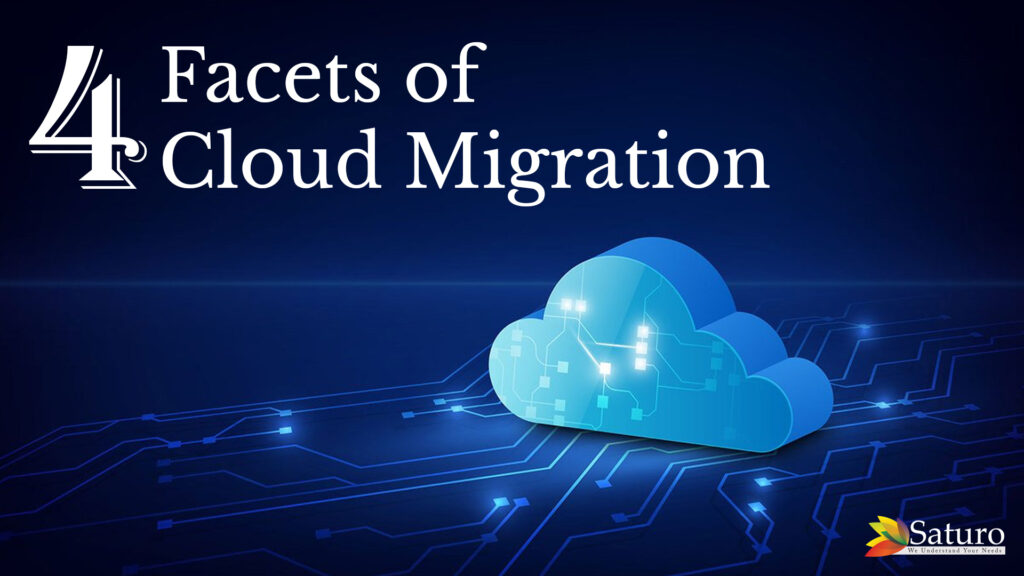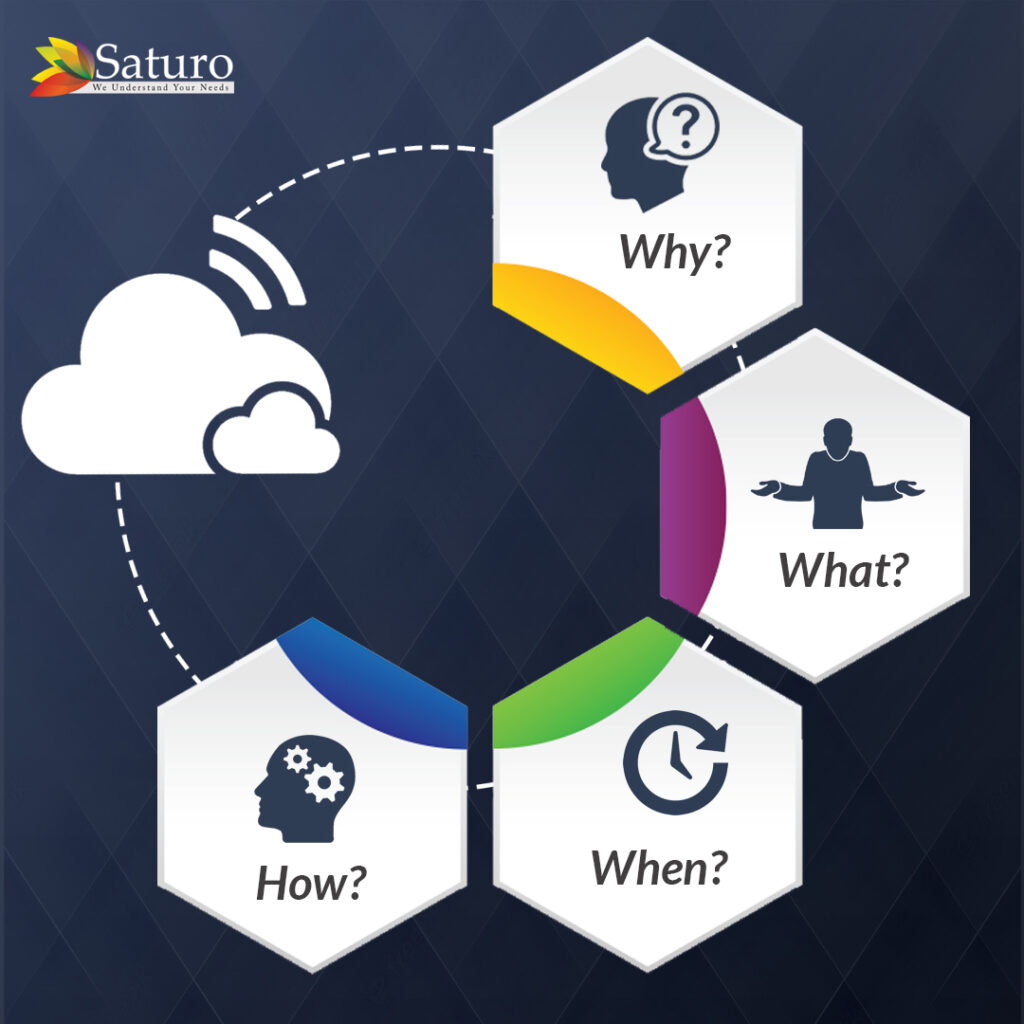
In a world of ever-changing technology, it is essential that businesses understand the benefits of moving to the cloud. Whether it is to reduce costs or to provide greater convenience, the move to the cloud can be a game changer. However, the process can be daunting, so you must start by establishing communication between the business and technology teams. It is also crucial that business leaders trust the technology staff to get the job done right.
First and foremost, determine the type of data, applications, and processes you plan to migrate. This will help you determine the migration wave. Then, identify the critical applications, data, and processes. These proactive steps can save you a great deal of time and money later. Using the Four Facets of Cloud Migration as a guide will make the process more efficient. Once you’ve determined which aspects of the process are the most important, proceed to the migration phase.
Before implementing the migration, understand the purpose of the move. Define the constraints and priorities. Build a decision tree and structure your preferences accordingly. You’ll have to decide what’s most important and what’s not. For example, do you need to migrate from an on-premise data center to a private cloud? If so, you’ll need a hybrid cloud for your applications. Once you’ve defined your migration path, you’ll be able to prioritize which services are most critical for your business.
As cloud migration is a significant decision for your business, you’ll need to make the right decisions to ensure that your business gets the maximum benefit from the move. Incorporating the cloud into your overall strategy will help you leverage its benefits, including cost reduction, higher scalability, and managed solutions. While a cloud migration is a massive change for your company, it requires a significant investment of time and money. Nevertheless, it will be worth it in the long run.
The main reason for a Cloud migration is to simplify the in-house IT landscape. Traditional on-premise data storage on company servers required large amounts of space and a lot of maintenance. Moreover, these systems were costly to operate and lacked flexibility. By deploying the cloud, businesses can save money on hardware, software, and maintenance, and improve their flexibility.
As a result, the four facets of Cloud Migration:

Regardless of the size of your business, Cloud migration is a complicated and costly process. Some business owners may be hesitant about the benefits, but there are four main facets of Cloud migration. They will help you decide if this is the right choice for your organization. It is a great investment for your company. The benefits of Cloud Migration are numerous. By leveraging the power of the cloud, you’ll have access to modern, flexible tools.
Oracle NetSuite ERP is an all-in-one cloud business management solution that helps organizations operate more effectively by automating core processes and providing real-time operational and financial performance visibility. With a single, integrated suite of applications for managing accounting, inventory management, order processing, production, supply chain, and warehouse operations, NetSuite ERP gives companies clear visibility into their data and tighter control over their businesses.
To Know more about Oracle NetSuite Cloud ERP, feel free to reach us on:
Website: https://www.saturotech.com
Email ID: marketing@saturotech.com
Saturo Social Media Links:
- Facebook: https://www.facebook.com/saturotech/
- Instagram: https://www.instagram.com/saturotechnologies/
- LinkedIn: https://www.linkedin.com/company/saturo-technologies-private-limited/
- Twitter: https://twitter.com/saturotech
- YouTube: https://www.youtube.com/channel/UC69yIWnRwPV04KydM64sXTw/videos
To Read More of our Blogs Visit: https://billmade.com/index.php/blogs/